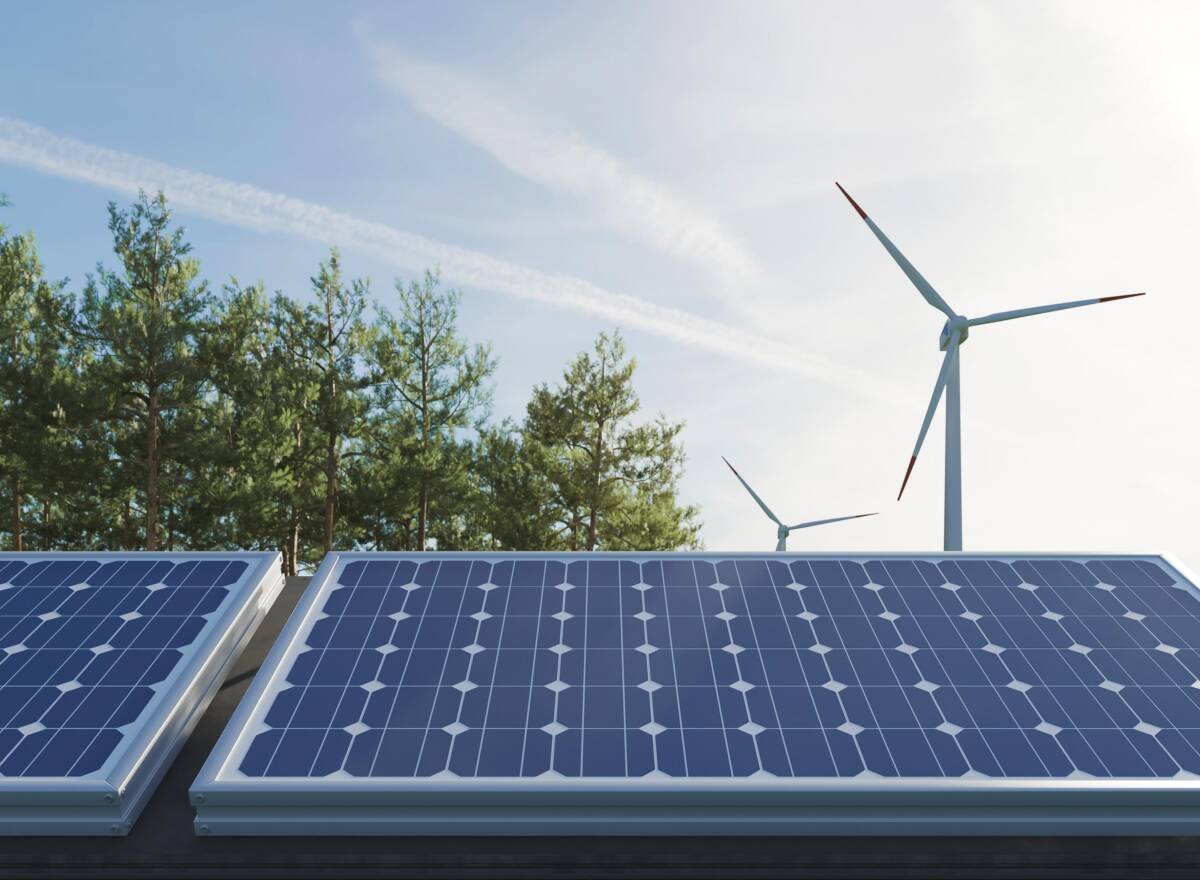Jakarta, August 29, 2024 – Energy plays an important role in everyday life. Without energy, humans cannot carry out various activities, such as turning on lights, cooking, driving vehicles, and many more. Based on the Great Indonesian Dictionary” or “Kamus Besar Bahasa Indonesia” (KBBI), energy is the ability to do work, for example for electrical and mechanical energy or power that can be used to carry out various activity processes. Meanwhile, based on the Draft Law on New and Renewable Energy (EBET), energy is the ability to do work that can be in the form of heat, light, mechanics, chemistry, and electromagnetics.
However, there are several different energy sources that can be used in everyday life, namely fossil energy, new energy and renewable energy. In Indonesia, the highest energy mix in 2023 is still dominated by fossil energy, including coal around 40.46 percent, petroleum 30.18 percent, natural gas 16.28 percent. While new and renewable energy is only about 13.09 percent, based on the National Energy Council (DEN) report.
Then what is fossil energy, new energy and renewable energy? Here’s the explanation:
- Fossil Energy
Fossil energy is energy that comes from the remains of living things that have been buried in the earth for millions of years. Examples include petroleum, coal and natural gas. This energy is formed from the remains of ancient plants and animals that are trapped under layers of soil and undergo a chemical change process.
However, fossil energy has its drawbacks, namely that it is a limited source and its combustion produces pollution and greenhouse gasses that have negative impacts for the environment. According to data from the International Energy Agency (IEA), carbon dioxide emissions from fossil energy use or energy-related CO2 emissions globally reached 37.4 gigatons in 2023. This is a 1.1% increase over 2022 (year-on-year/yoy), and a new record high.
- New Energy
Based on article 1 of the EBET Bill, new energy is all types of energy derived from or produced from new technologies for processing non-renewable energy sources and renewable energy sources. In other words, new energy is a term used for energy sources that are under development and not yet widely used. It includes new technologies that can replace or reduce the use of fossil fuels. The examples of new energy include coal gasification, hydrogen and nuclear.
- Renewable Energy
Renewable energy is energy that comes from renewable sources or will not run out. This energy is environmentally friendly because it does not produce pollution or greenhouse gas emissions like fossil energy. Meanwhile, referring to article 1 of the EBET Bill, renewable energy is energy that comes from or is produced from renewable energy sources. Examples of renewable energy include solar energy, wind energy and hydro energy.
By understanding the difference between fossil energy, new energy and renewable energy, we can be wiser in choosing and using energy sources. Environmentally friendly choices will help keep our earth healthy and sustainable for future generations.

